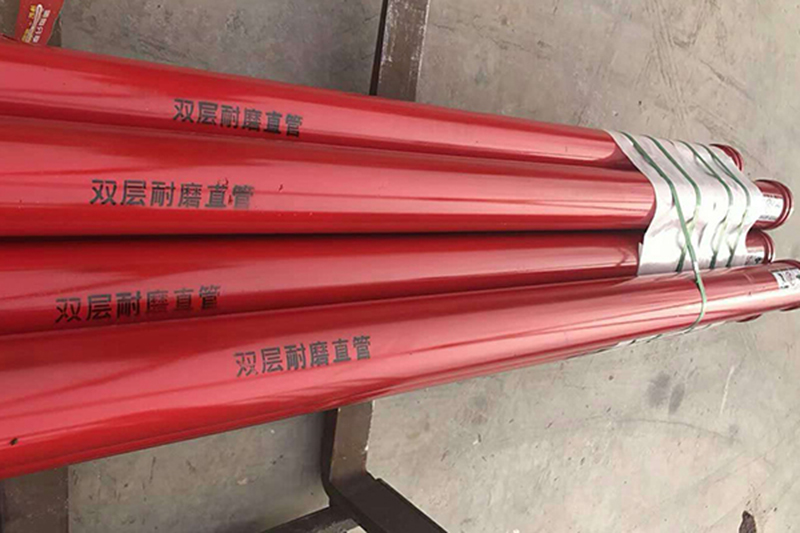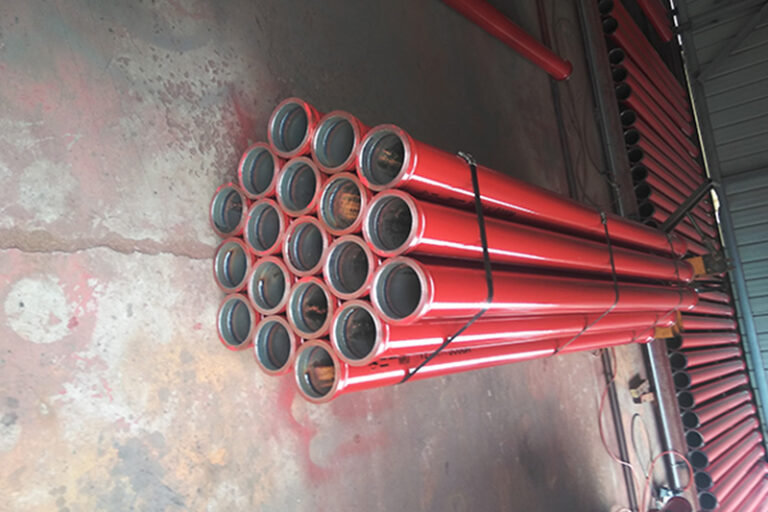How to Install Concrete Pump Pipelines?
When installing concrete pump pipes, if the gap between adjacent pump pipes is greater than 4 millimeters or there is displacement, heavy hammers should not be used to forcefully install them. Instead, the fixed parts should be loosened for local adjustment until the gap is less than 4 millimeters before connecting with pipe clamps. When connecting, the pump pipe sealing ring should be placed.
During the pumping process, there may be pipe blockage, which cannot be ruled out after increasing the pressure. The reverse pump should be turned first, and then the positive pump should be slightly pressurized. Repeat this process to clear the slight pipe blockage. If it does not take effect, the machine should be stopped immediately for inspection, the location of the blockage should be determined, the blocked conveying pipeline should be opened to remove the blocked concrete, and then the concrete pump pipe should be reinstalled.

During transportation and handling, pump tubes should be handled with care to avoid deformation and breakage. The surface of the pump pipe flange is a sealing surface machined by a lathe, and attention should be paid to protection to avoid damage, as damage can easily cause leakage.
During the installation and use of concrete pump pipes, if the wall thickness is less than 2 millimeters or severe wear is found, the use should be stopped immediately and new pipes should be replaced in a timely manner. When the concrete delivery volume reaches half, loosen the pipe clamps at both ends and rotate the concrete pump pipe 180 ° to evenly wear the pump pipe and increase the concrete delivery volume of the pump pipe.






